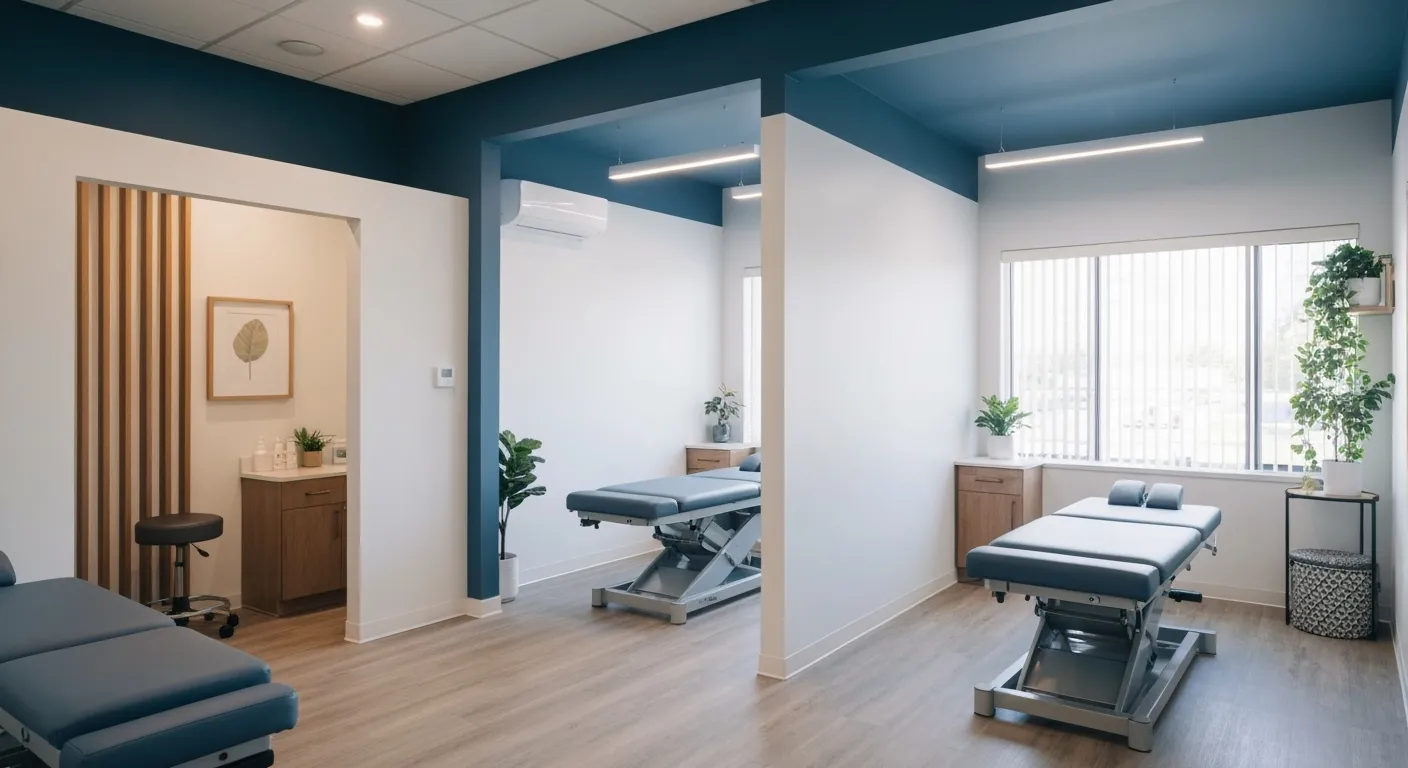Massage for Jaw Tension and TMJ Symptoms
August 31, 2025
11 min

Understanding TMJ and Jaw Tension
Temporomandibular Joint Disorders (TMJD) affect millions, causing jaw pain, stiffness, and discomfort that can significantly impact daily life. This article explores how massage therapy and self-care techniques can play a crucial role in alleviating jaw tension and TMJ symptoms. From understanding the causes and symptoms of TMJ disorders to detailed guidance on effective massage methods and exercises, we offer comprehensive insights for managing and easing discomfort associated with TMJD.
What Causes TMJ Disorders and How to Recognize Symptoms

What causes TMJ disorders and what are the common symptoms to recognize?
TMJ (temporomandibular joint) disorders arise from various factors affecting the jaw joint and surrounding muscles. Common causes include injuries from trauma or accidents, degenerative conditions like arthritis that damage the joint or its cartilage, and displacement or erosion of the disc within the joint.
Muscle strain plays a significant role too, often caused by habits such as teeth grinding (bruxism), clenching, or poor posture. Malalignment of teeth or the jaw can also contribute to abnormal joint mechanics, increasing strain on the muscles and joint structures.
Other contributing factors are connective tissue diseases, smoking, stress, and trauma—which can all exacerbate TMJ issues.
Identifying TMJ problems involves noticing specific symptoms. The most common include jaw pain or tenderness, difficulty opening or closing the mouth, and clicking or popping sounds during jaw movement. Many individuals experience headaches or earaches, which are linked to muscle tension or joint dysfunction.
Additional signs to watch for are facial pain, ear ringing (tinnitus), dizziness, tooth sensitivity, and changes in how the teeth fit together. Some symptoms can be temporary, but if they persist or worsen, they may become chronic. Diagnosis typically involves a combination of physical exams—feeling the joint, observing movement—and imaging tests such as X-rays or MRI scans to assess joint structure.
Understanding these causes and symptoms helps in early identification and management of TMJ disorders, often leading to more effective treatment options.
How Massage Therapy Benefits TMJ Disorder Management

Do massages of the jaw muscles help with TMJ disorder?
Massage therapy plays a significant role in managing temporomandibular joint (TMJ) disorder. Research from 2021 confirms that manual techniques, including massage, can lead to notable improvements in pain relief and enhance maximum mouth opening. These techniques target the muscles controlling jaw movement, such as the masseter, temporalis, and pterygoids.
Massage helps by releasing tension, reducing muscle knots or trigger points, and increasing blood flow to the affected areas. This not only eases discomfort but also supports better muscle balance and jaw function. Self-massage methods like kneading, friction, and stretching can be performed on muscles like the masseter, cheek, and even intraorally for relief. When combined with professional treatments, massage can significantly improve symptoms.
Therapists trained in TMJ care often incorporate intraoral work, trigger point therapy, and muscle palpation into treatment plans, helping to alleviate inflammation, release tightened muscles, and improve joint mobility. Routine massage sessions, typically lasting about 30 minutes, are recommended 2-3 times weekly during acute phases or less frequently for maintenance.
Beyond pain relief, massage therapy can reduce secondary symptoms such as headaches, earaches, and neck tension. It’s an accessible, non-invasive option contributing to better jaw health and overall well-being. For persistent or severe symptoms, consulting a healthcare professional remains crucial to develop an effective, comprehensive treatment plan.
In conclusion, massage of jaw muscles helps manage TMJ disorder by relaxing tight muscles, decreasing inflammation, and promoting joint mobility. This approach improves quality of life by alleviating pain, reducing tension, and restoring proper jaw function.
Effective TMJ Massage Techniques and Trigger Point Therapy
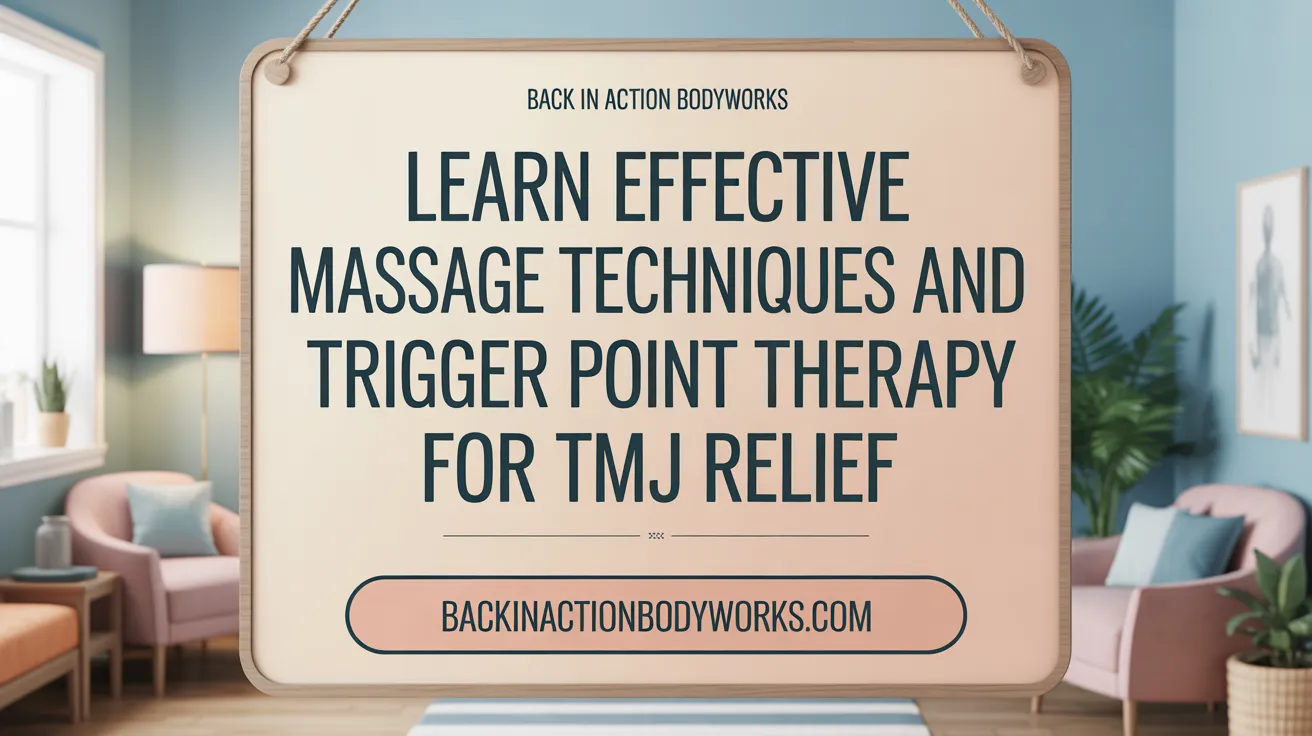
What are some effective TMJ massage techniques including trigger point therapy?
TMJ massage techniques are designed to relax the muscles surrounding the jaw, helping to reduce pain and improve mobility. Common approaches include gentle circular movements, kneading, and applying sustained pressure to specific trigger points within the jaw muscles such as the masseter, temporalis, and pterygoids.
Trigger point therapy aims to release muscle knots—tender spots that can refer pain to other areas like the face, neck, or shoulders. This often involves manual pressure applied directly on these points to deactivate trigger points, which can alleviate muscle stiffness and restore normal function.
Self-massage is an accessible way to manage symptoms at home. Techniques include using fingertips to perform circular kneading motions on the jaw muscles, especially the masseter, located at the cheeks. Gentle sustained pressure on these points helps to loosen tight muscles and release built-up tension.
For enhanced effects, some therapies incorporate dry needling or acupuncture, which target tender points with fine needles to relax the muscles further.
Integrating massage with jaw exercises, such as relaxation techniques, chin tucks, and side-to-side movements, can improve muscle flexibility and support joint health. Regular sessions, typically once a week or bi-weekly, are recommended for sustained relief.
Always consult a healthcare provider or a licensed massage therapist to develop a personalized treatment plan ensuring safe and effective therapy tailored to your specific TMJ condition.
Self-Massage Techniques for Relieving TMJ Symptoms at Home
 Self-massage offers a practical and effective way to manage TMJ discomfort from the comfort of your home. Regularly performing targeted massage techniques can reduce muscle tension, alleviate pain, and improve jaw movement.
Self-massage offers a practical and effective way to manage TMJ discomfort from the comfort of your home. Regularly performing targeted massage techniques can reduce muscle tension, alleviate pain, and improve jaw movement.
Step-by-step self-massage instructions
Begin by locating the muscles around your jaw. Use your fingers to gently press along the areas in front of your ears, just below the cheekbones, to find the masseter muscle. Apply light to moderate pressure and use circular motions to knead the muscle for about 30 seconds to a minute. Repeat on both sides. Next, gently massage the temporalis muscles located at the temples, using light taps or strokes to help relax them. For the neck muscles, use your fingertips to perform gentle friction or kneading on the suboccipital muscles at the base of your skull. These techniques help release tension that can contribute to TMJ symptoms.
Target muscles like masseter, temporalis, and suboccipital
Focusing on the masseter is crucial, as tension here often causes jaw pain and stiffness. The temporalis muscles, situated on the sides of your head, influence jaw movement and head tension. Lower neck muscles, including the suboccipital group, support overall head and jaw positioning. Massaging these areas helps ease muscle knots (trigger points), which can radiate pain and restrict movement.
Benefits of massage for tension and inflammation
Massage therapy promotes better blood circulation, aiding in the removal of inflammatory substances and providing essential nutrients to muscles. It can relax tight muscles, decrease tension, and reduce inflammation around the jaw joint. This process not only alleviates localized pain but also diminishes secondary symptoms such as headaches and earaches. Regular self-massage can help reset muscle tone, prevent muscle overuse, and maintain jaw health.
Frequency and duration recommendations for self-massage
For optimal results, perform self-massage 2-3 times daily for acute pain and at least once a day for maintenance. Each session should last between 30 seconds and a minute per muscle group. Consistency is essential; long-term practice enhances flexibility, reduces tension, and promotes healing.
Safety considerations and when to seek help
Always use gentle pressure and avoid applying excessive force, especially around sensitive areas like the inside of the mouth. If pain persists beyond two weeks, worsens, or if you experience severe swelling, difficulty opening your mouth, or other severe symptoms, consult a healthcare professional promptly. Prior to starting self-massage, ensure no active infections, recent trauma, or significant inflammation are present. Proper hygiene, relaxation, and proper technique are vital for safety and effectiveness.
Exercises to Alleviate TMJ Symptoms
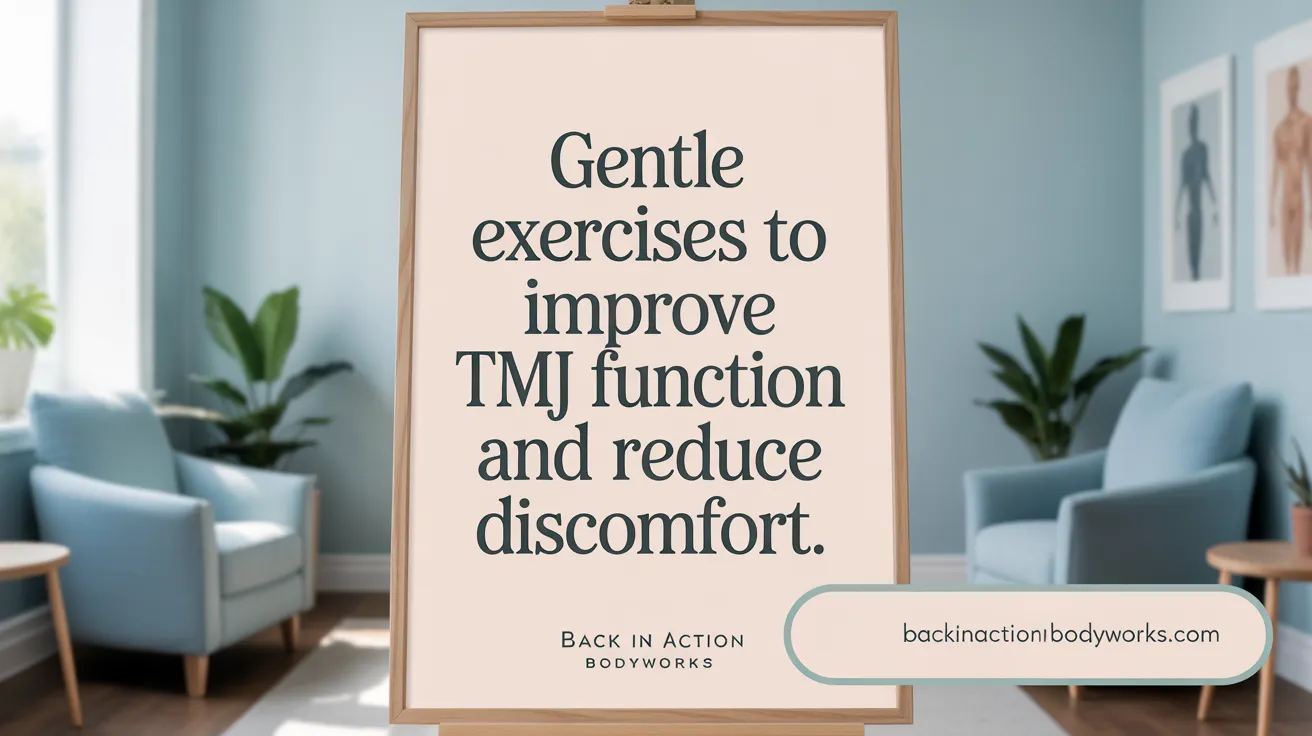
What exercises can help alleviate symptoms of TMJ disorders?
Exercises play a vital role in managing TMJ issues by enhancing jaw flexibility, strength, and reducing muscle tension. Commonly recommended activities include gentle jaw stretches, resisted opening and closing exercises, and controlled jaw movements. These exercises target muscles involved in TMJ, such as the masseter, temporalis, and pterygoids.
One popular method is the Goldfish Exercise, where you gently open your mouth halfway while pressing your tongue against the roof of your mouth, helping to realign the jaw. Chin tucks, performed by pulling the chin backward toward the neck, can improve posture and decrease jaw strain. Moving the jaw side-to-side or front-to-back using a small object placed between the teeth helps stretch and strengthen the muscles.
Guidance on performing exercises safely
When doing TMJ exercises, it’s essential to start slowly, avoiding any movements that cause pain or discomfort. Perform each exercise gradually and stop if pain worsens. Regular, gentle practice—such as 5 to 10 repetitions—can be effective.
It’s also beneficial to perform these exercises in a relaxed environment, preferably after applying heat or cold if recommended by a healthcare provider. Consulting a professional before starting an exercise routine ensures personalized guidance and safety.
Benefits of exercises like chin tucks and jaw stretches
Chin tucks can improve posture and decrease tension in neck and jaw muscles, often contributing to pain relief. Jaw stretches and controlled movements enhance joint mobility, making everyday activities like chewing and speaking less painful.
Regular practice of these exercises helps strengthen the muscles responsible for jaw movement, reduces stiffness, and minimizes clicking or locking episodes. Combining exercises like these with massages or stress reduction techniques offers comprehensive relief.
Role of exercises in strengthening and improving mobility
Exercises are essential in rebuilding strength and flexibility in the jaw muscles. Improved muscle endurance allows the jaw to move more freely and reduces the likelihood of muscle fatigue or spasms.
Enhanced mobility also helps in reducing the feeling of stiffness or trapping of the jaw. Over time, consistent exercise can restore normal joint function, decrease pain, and improve overall quality of life.
Combination of exercises with massage and other therapies
Integrating jaw exercises with massage therapy, heat or cold treatments, and stress management techniques provides a holistic approach to TMJ care. Massages target muscle knots and promote relaxation, while exercises improve joint function.
Practicing these therapies together promotes better circulation, reduces inflammation, and alleviates muscle tension more effectively than any single method. Always seek guidance from healthcare professionals to develop a personalized and safe TMJ management plan tailored to individual needs.
Complementary Non-Invasive Treatments for TMJ Disorders
Managing TMJ disorder often involves a variety of non-invasive techniques that can significantly reduce symptoms and improve jaw function. Applying heat or cold packs is a common practice to help decrease inflammation and alleviate pain. Heat therapy relaxes tense muscles, whereas cold therapy helps numb pain and reduce swelling.
Lifestyle modifications are also vital. Eating soft foods minimizes strain on the jaw, and maintaining good posture reduces muscle tension in the neck and shoulders, which can contribute to TMJ discomfort. Practicing stress reduction techniques such as yoga, meditation, and deep breathing exercises can lower muscle tension and reduce unconscious clenching or grinding of teeth, known as bruxism.
Use of occlusal splints or mouthguards can prevent teeth grinding at night and help maintain proper jaw alignment, easing strain on the TMJ. Additionally, physical therapy plays an essential role, including gentle exercises to stretch and strengthen jaw muscles, ultrasound treatments, transcutaneous electrical nerve stimulation (TENS), and low-level laser therapy to promote relaxation and improve mobility.
Medications like non-steroidal anti-inflammatory drugs (NSAIDs), muscle relaxants, antidepressants, and Botox injections are options for pain control and reducing muscle spasms without surgical intervention. Combining behavioral changes, protective devices, and physical therapies offers a comprehensive approach, often preventing symptoms from worsening and promoting long-term relief.
When symptoms persist despite these measures, consulting healthcare professionals specializing in TMJ management is recommended for personalized treatment tailored to individual needs.
Self-Care Strategies for Managing TMJ Symptoms Effectively at Home
Managing TMJ symptoms at home involves a holistic approach that combines physical techniques, lifestyle adjustments, and relaxation practices. Regularly performing jaw exercises, such as chin tucks, resisted mouth movements, and side-to-side motions, can help stretch and strengthen the muscles around the jaw, reducing stiffness and relieving pain.
Applying heat or cold therapy is another effective method. Moist heat packs can loosen tight muscles, while ice packs can reduce swelling and inflammation. These therapies are simple to incorporate into daily routines and can provide immediate relief.
Diet plays a vital role in TMJ management. Avoiding hard, chewy, or crunchy foods minimizes strain on the jaw. Instead, opting for soft foods that require less chewing can significantly decrease discomfort.
Stress is a major trigger for TMJ symptoms, often leading to muscle clenching and grinding. Incorporating relaxation techniques such as meditation, deep breathing exercises, and gentle stretching can help lower stress levels and muscle tension.
Maintaining good posture, especially during work or prolonged periods of sitting, reduces undue pressure on the jaw and neck. Using over-the-counter pain relievers like NSAIDs can also help manage pain, but should be used as advised by a healthcare provider.
For night-time symptoms, custom night guards made by a dentist can prevent grinding and clenching during sleep, protecting the joint and muscles. It is essential to monitor symptoms closely and seek professional medical advice if pain persists or worsens. Early intervention can prevent further complications and improve quality of life.
Professional TMJ Therapy: When and Why to Seek Help
When should you see a healthcare professional for TMJ issues?
Signs that indicate the need for professional evaluation include persistent jaw pain, difficulty opening or closing the mouth, jaw clicking or locking, and severe facial or ear pain. If symptoms last beyond two weeks or worsen despite self-care, consulting a healthcare provider is essential.
How do massage therapists contribute to TMJ management?
Professional massage therapists specializing in TMJ can assess muscle tension and perform targeted intraoral and external massage techniques. They employ methods like trigger point therapy, muscle palpation, and myofascial release to reduce muscle tightness, relieve pain, and improve jaw mobility.
What are advanced treatment options provided by specialists?
In addition to manual massage, professionals may incorporate intraoral massage, which involves gentle work inside the mouth, and trigger point release to target specific muscle knots. These techniques help alleviate deep-seated tension and restore normal function.
Why is a combination of therapies recommended?
Effective TMJ management often involves a multi-modal approach. Combining massage with physical therapy, custom night guards, and behavioral strategies like stress reduction can optimize results. Early intervention reduces the risk of long-term joint damage and chronic pain.
How can severe TMJ cases be identified and treated?
Signs of severe TMJ problems include uncontrollable jaw locking, significant swelling, recent trauma, or severe pain that interferes with daily activities. In such cases, advanced procedures like TMJ arthroscopy, corticosteroid injections, or surgery may be necessary, under the guidance of a specialist.
By seeking professional help promptly, individuals can access personalized treatment plans that target the root causes of TMJ dysfunction, providing relief from pain and restoring normal jaw function.
Embracing Massage and Self-Care for TMJ Relief
Managing TMJ disorder and jaw tension effectively requires a multi-faceted approach that incorporates massage therapy, self-massage techniques, targeted exercises, and lifestyle adjustments. Massage therapy stands out as a powerful, non-invasive method to relieve muscle tension, enhance blood circulation, and improve jaw function, providing both immediate and long-term benefits. Paired with regular self-care practices and professional guidance when necessary, individuals can find significant relief from TMJ symptoms and enjoy improved quality of life. Early intervention, consistent care, and awareness of warning signs are essential to addressing TMJ disorders before they escalate, making massage and related therapies invaluable tools in the journey toward jaw health and comfort.
References
- How To Relieve TMJD Symptoms With TMJ Massage - Healthline
- Relieving TMJ Pain: A Guide for TMJ Massages and Exercises
- TMJ Pain? Massage and Jaw Exercises May Help
- Hands-On Relief: How to Massage Your TMJ - Evolve PT
- 9 Best Exercises for Temporomandibular Joint (TMJ) Pain Relief
- TMJ disorders - Diagnosis and treatment - Mayo Clinic
- 5 Signs You May Need a TMJ Massage (And What to Do About It)
- Massage for TMJ Disorders: Relieving Jaw Tension and Pain
Recent articles

Corrective Exercises That Help Prevent Recurring Pain

8 Corrective Exercises Proven for Lasting Pain Relief

Lifestyle Habits for Maintaining a Healthy Spine
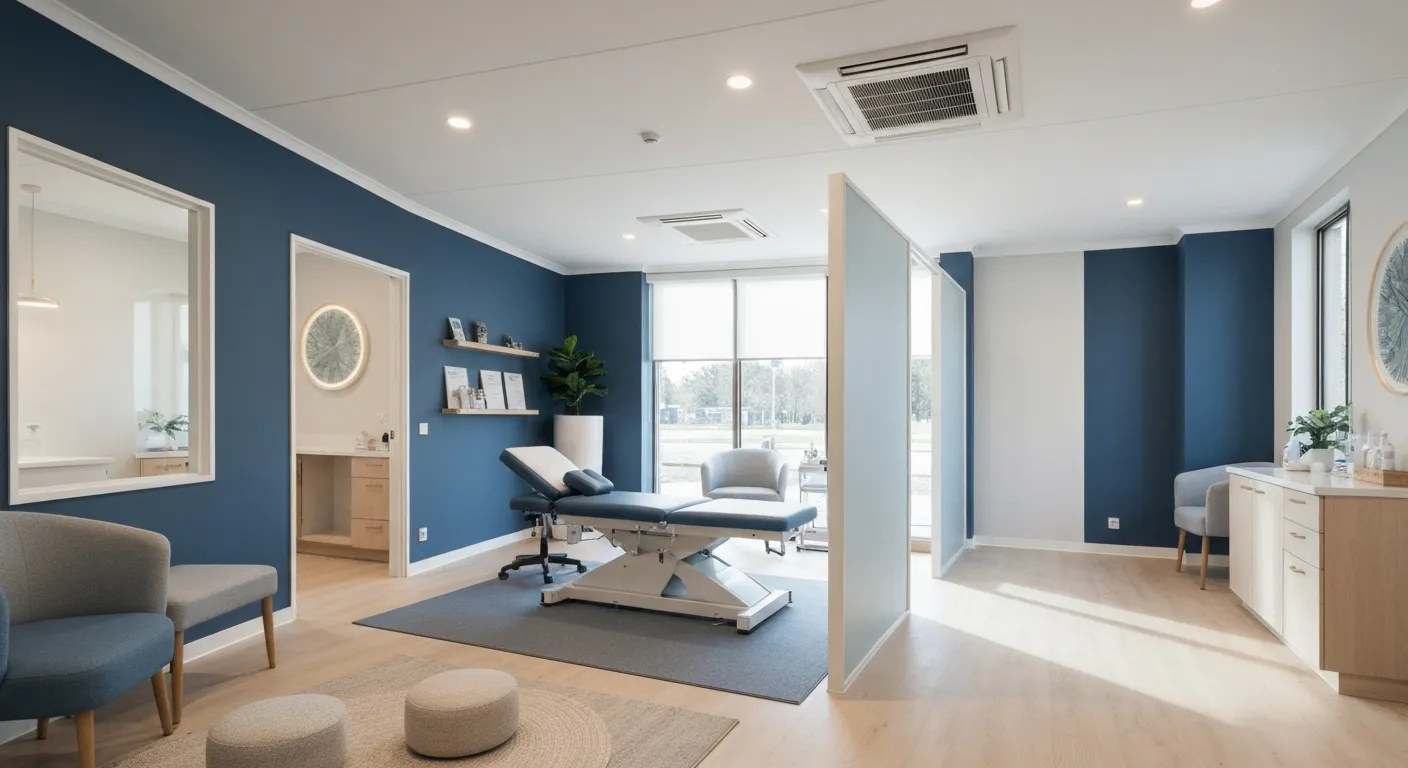
What You Will Experience at Your Initial Chiropractic Visit
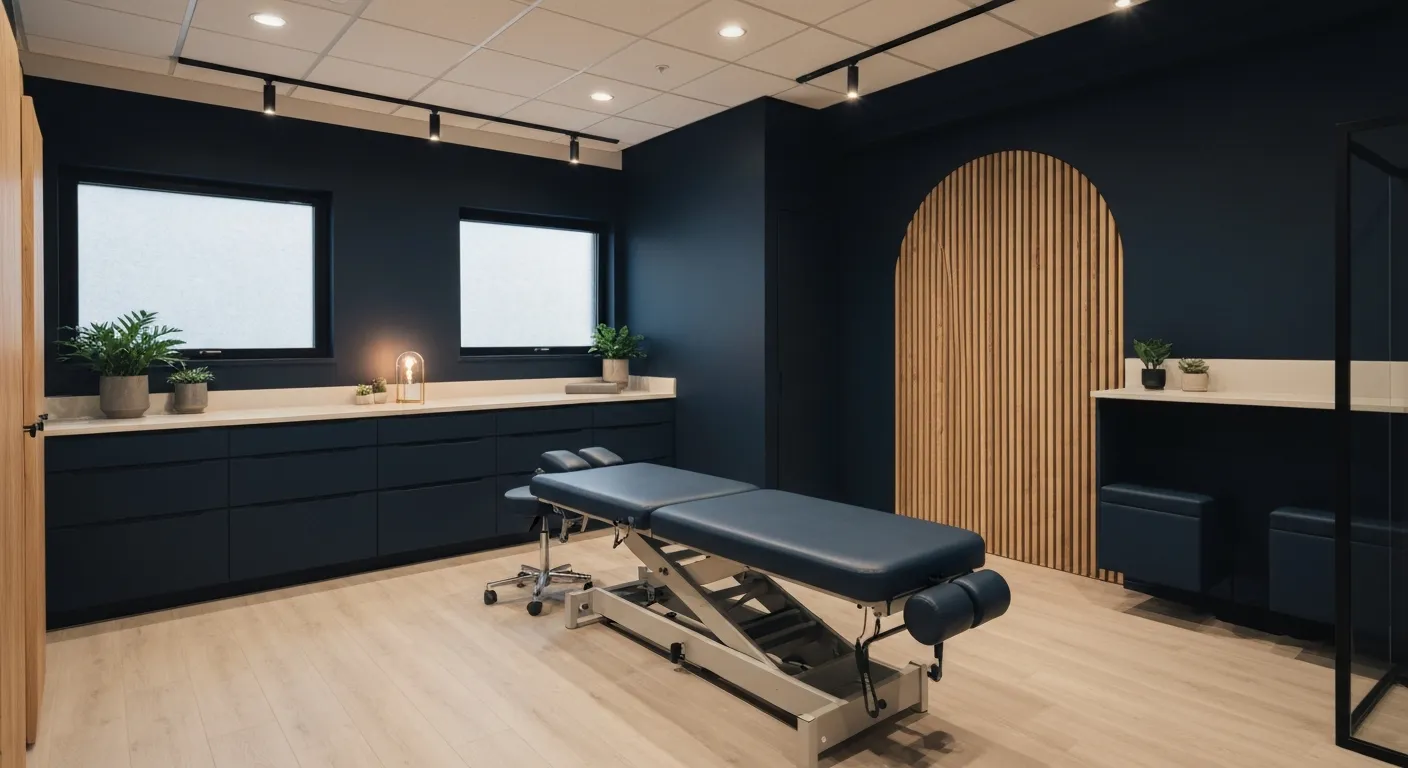
What Happens at Your First Visit to a Chiropractor?
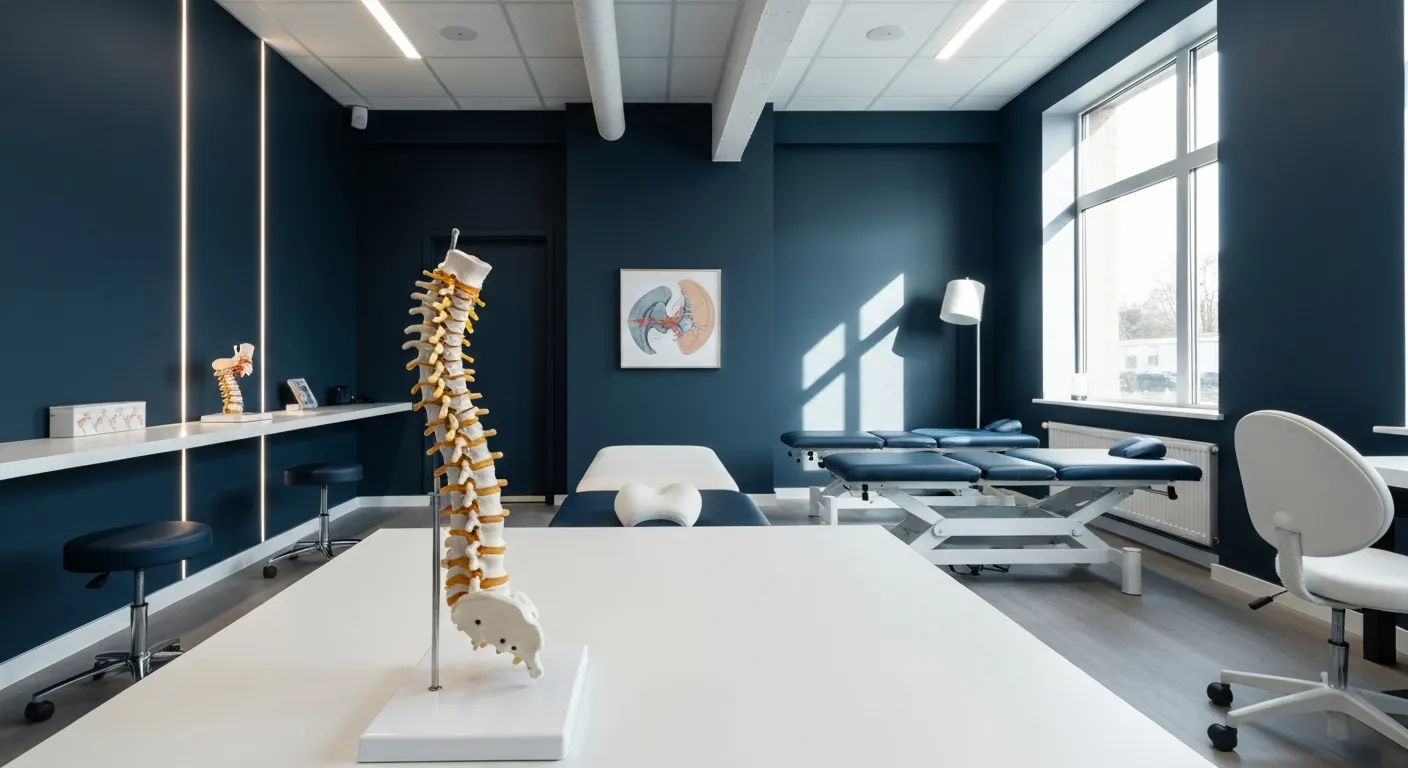
Focusing on Root Cause Analysis for Effective Pain Relief
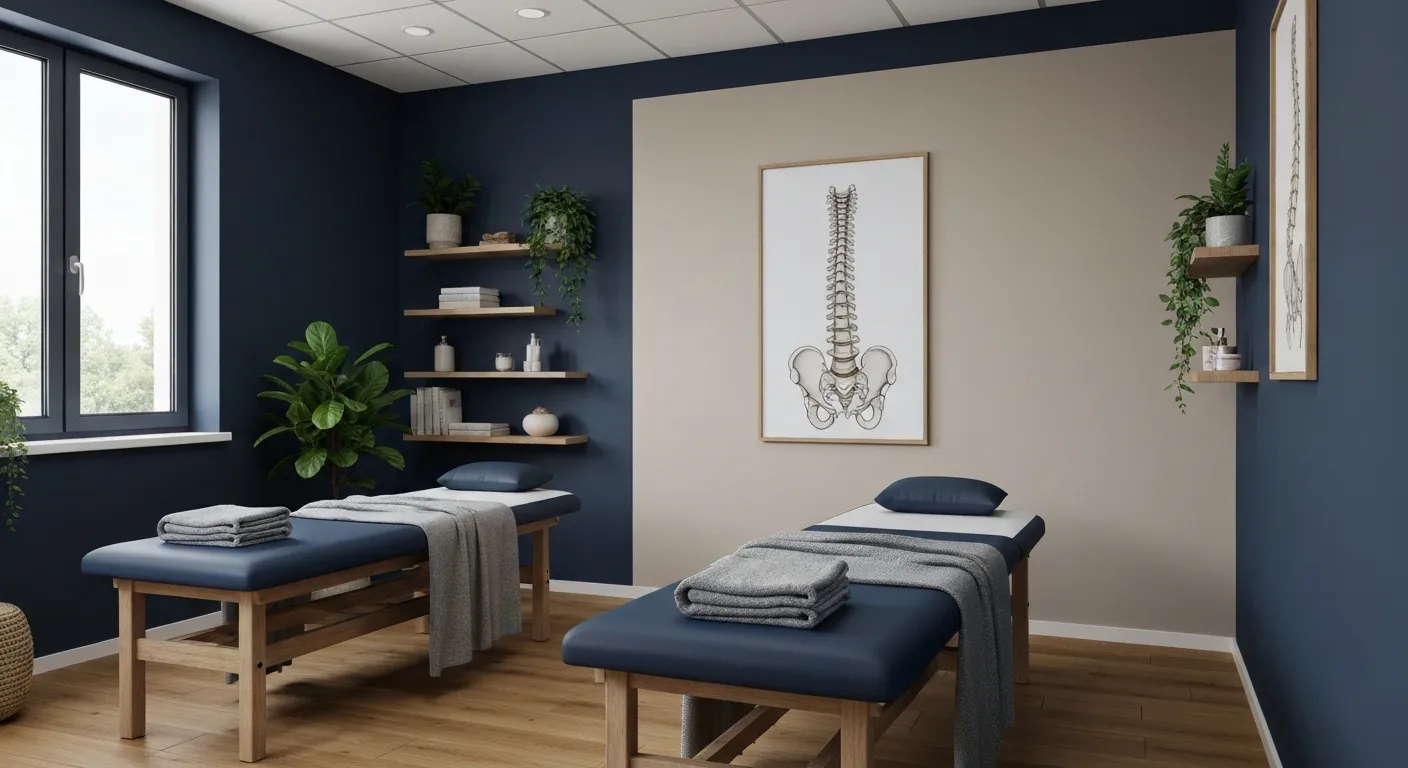
Tips for Lifestyle Changes to Support Spinal Health

Holistic Treatment Plans: Alternatives to Surgery for Chronic Pain

Enhance Wellness Through Personalized Nutritional Counseling
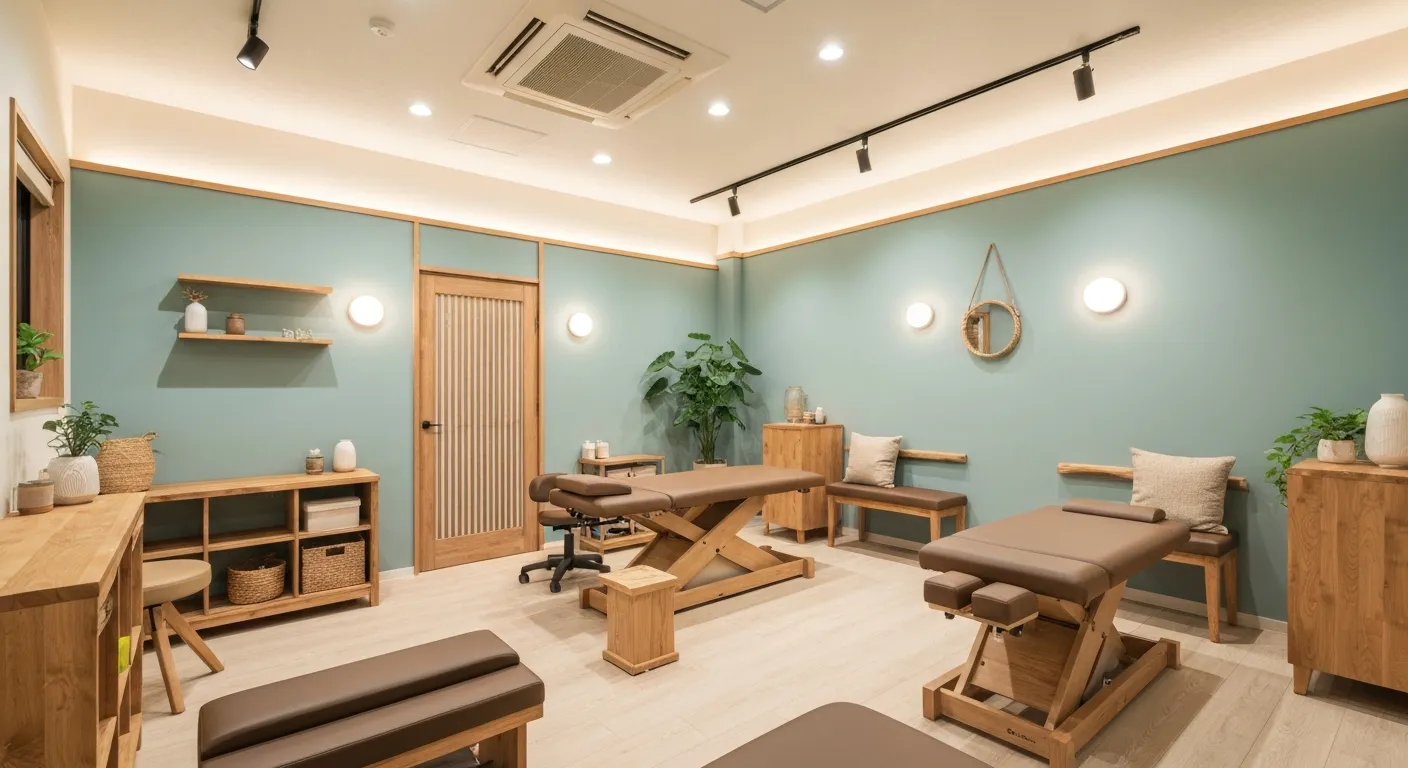
Non-Invasive Pain Relief: Exploring Holistic Treatment Alternatives
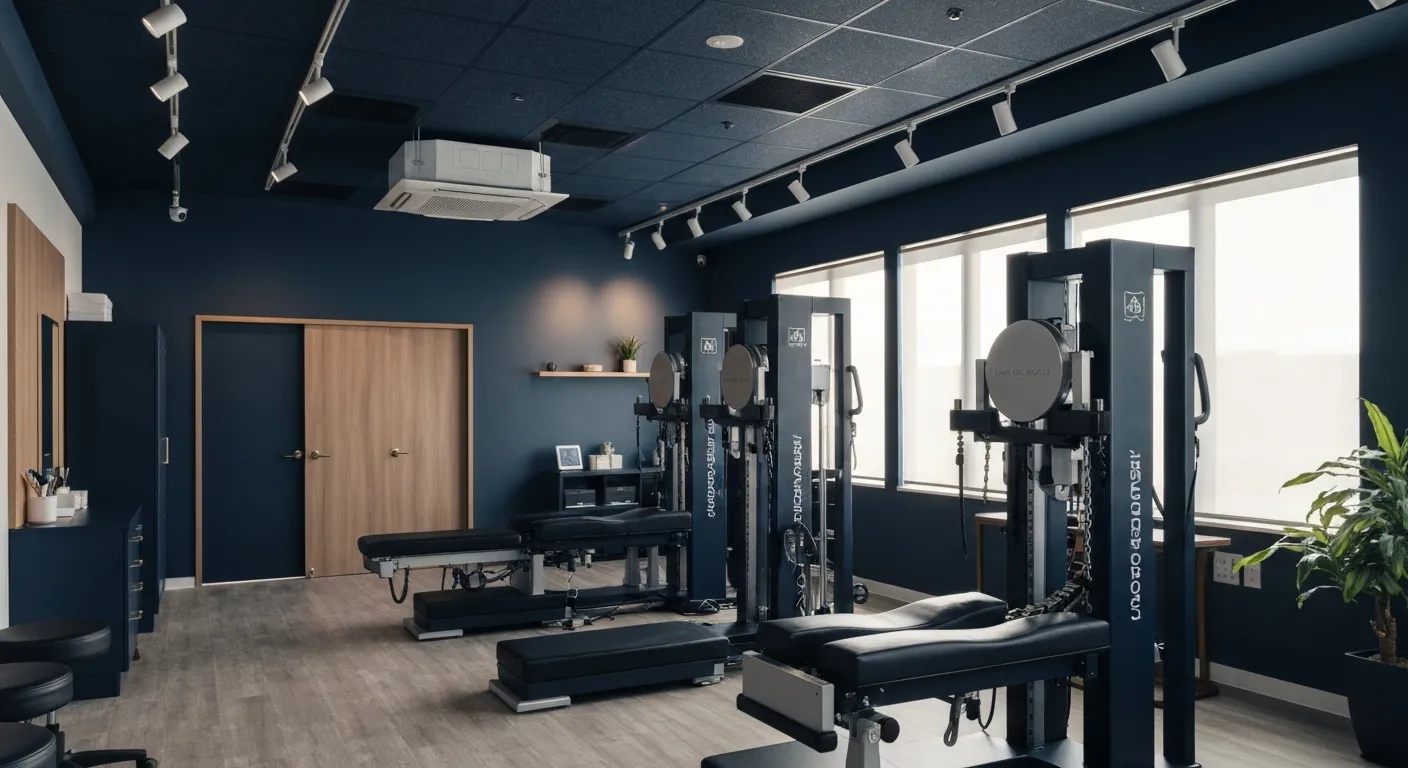
Sciatica Relief Through Targeted Spinal Decompression

Integrating Physiotherapy with Chiropractic Treatments for Better Results

Testimonials That Demonstrate the Benefits of Chiropractic Care
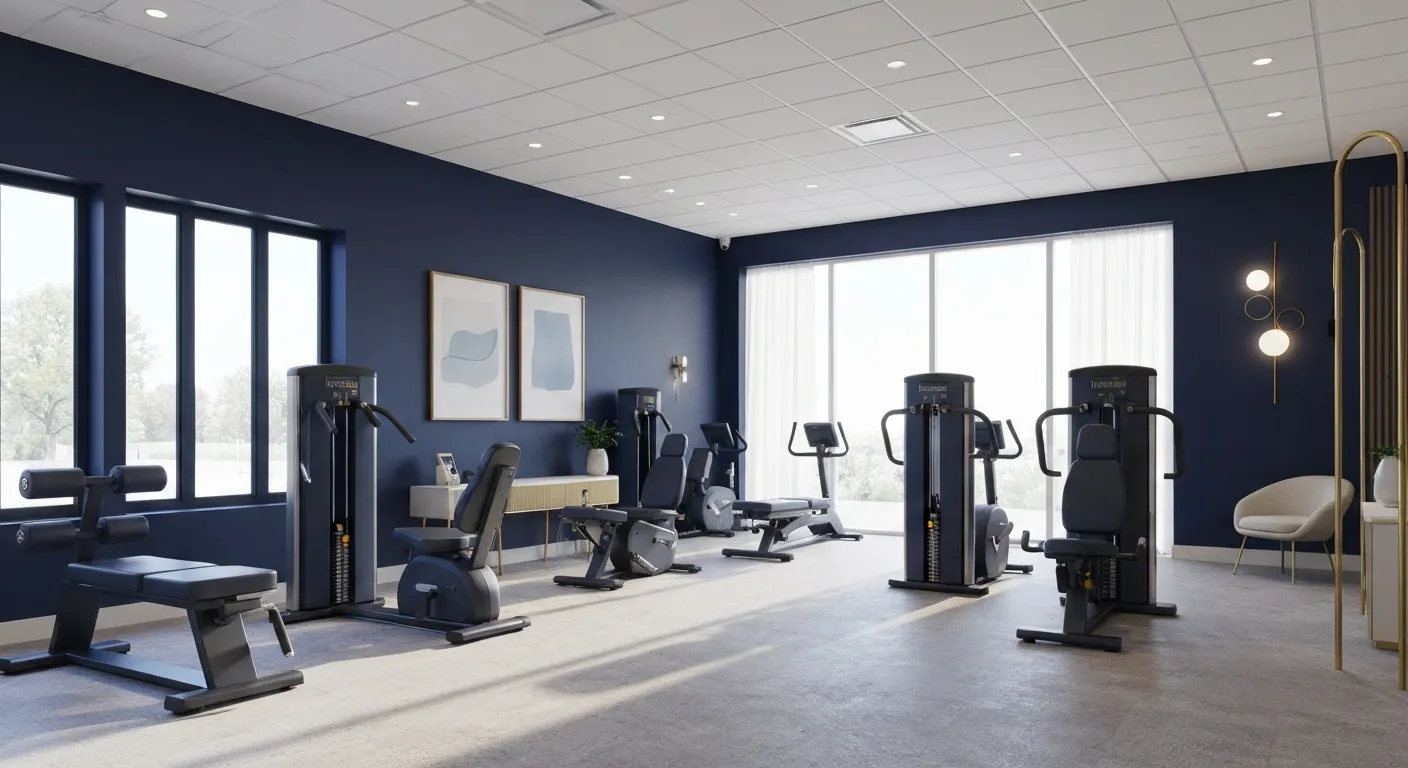
The Power of Corrective Exercises in Pain Management
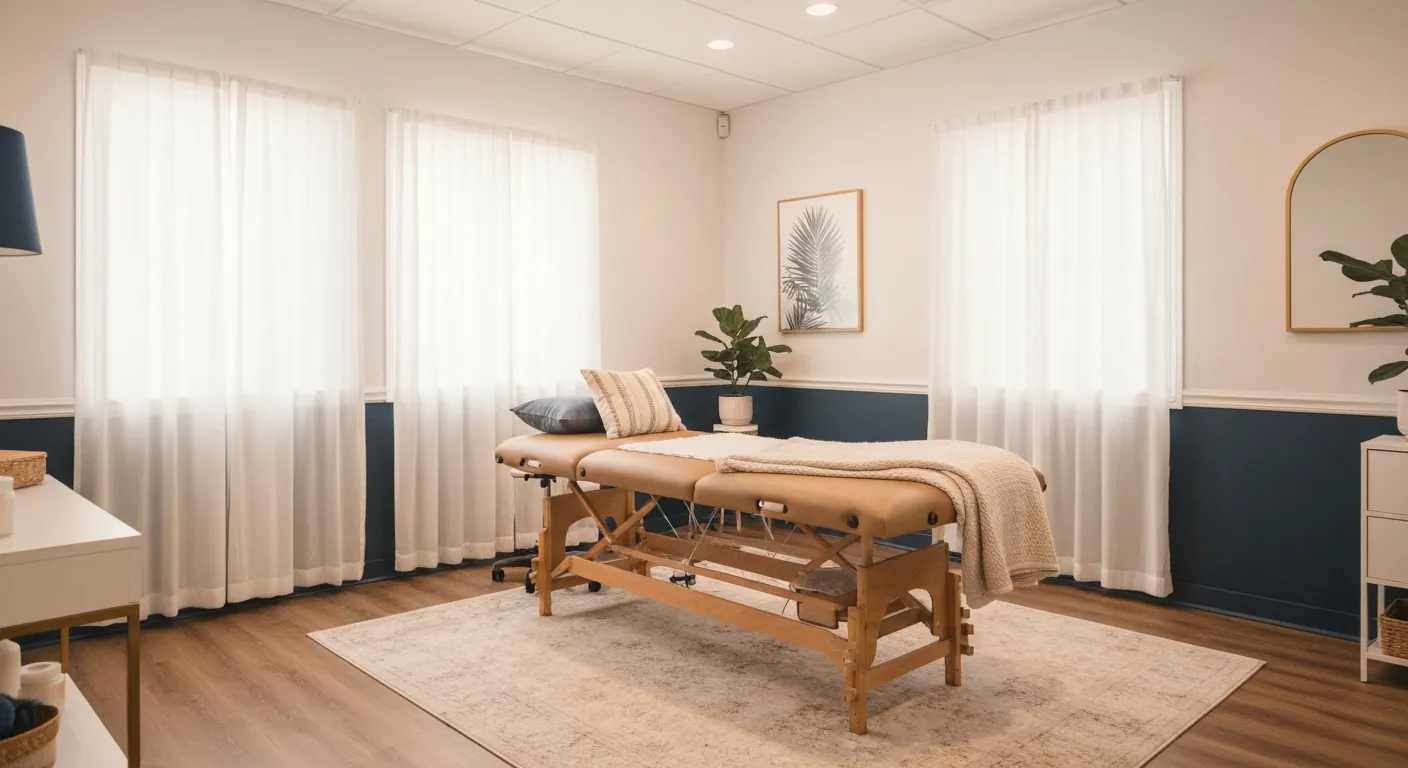
A Step-by-Step Guide to Your Initial Chiropractic Consultation

9 Nutritional Tips to Enhance Your Chiropractic Wellness Journey

Patient Experiences: How Chiropractic Care Changed Their Lives

Lifestyle Recommendations to Keep Your Spine in Top Shape

Effective Corrective Exercises for Long-Term Pain Relief
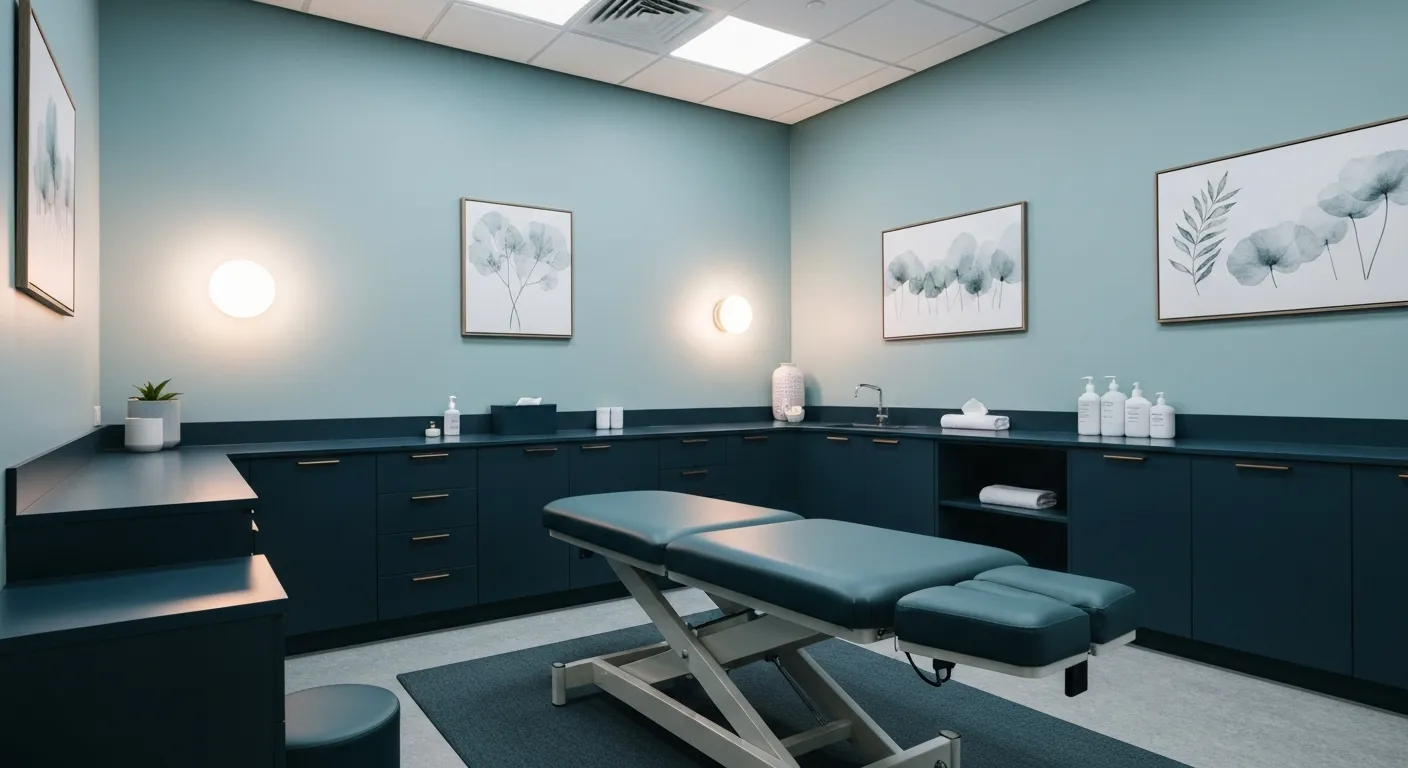
Back Pain Benefits: What Chiropractic Care Can Do for You
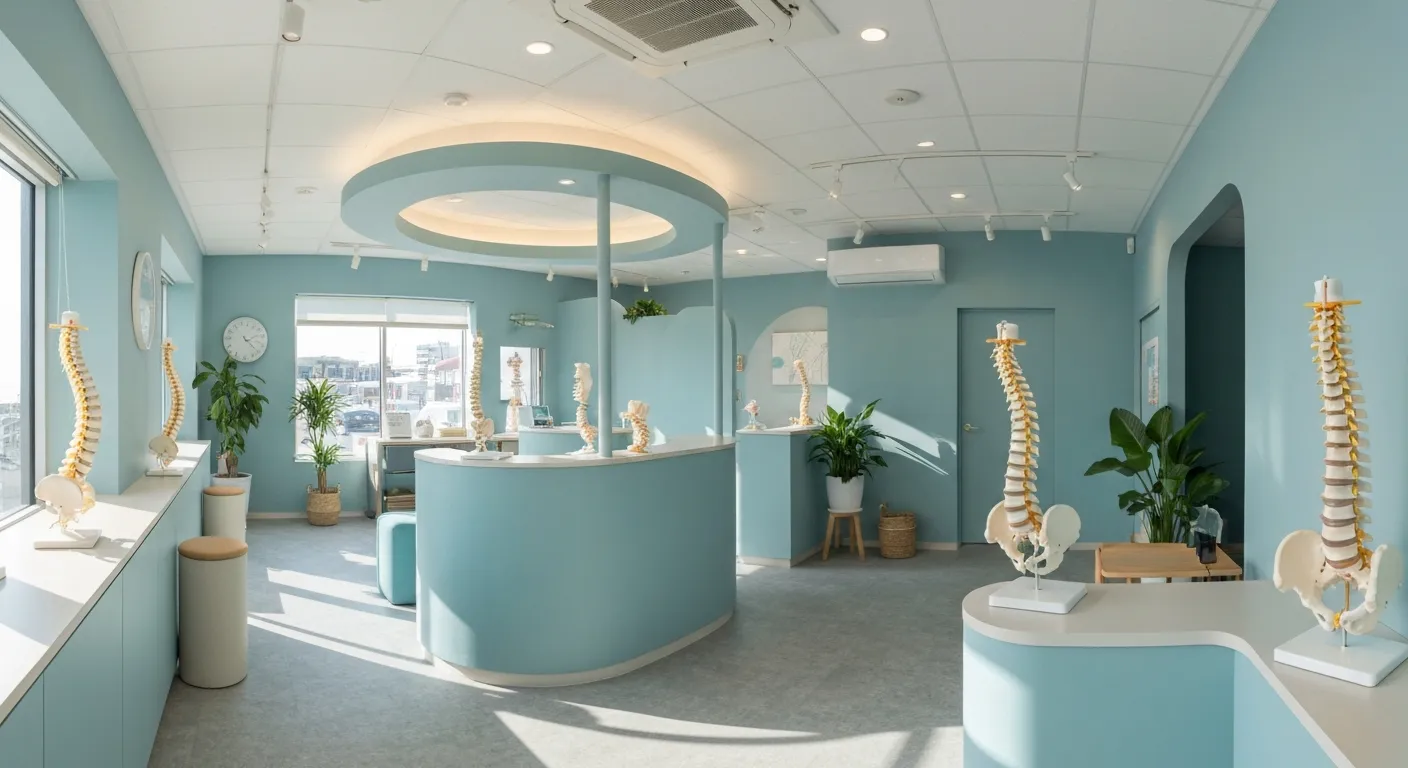
Spinal Decompression Techniques for Effective Sciatica Relief

Top Nutritional Counseling Tips for Enhanced Wellness
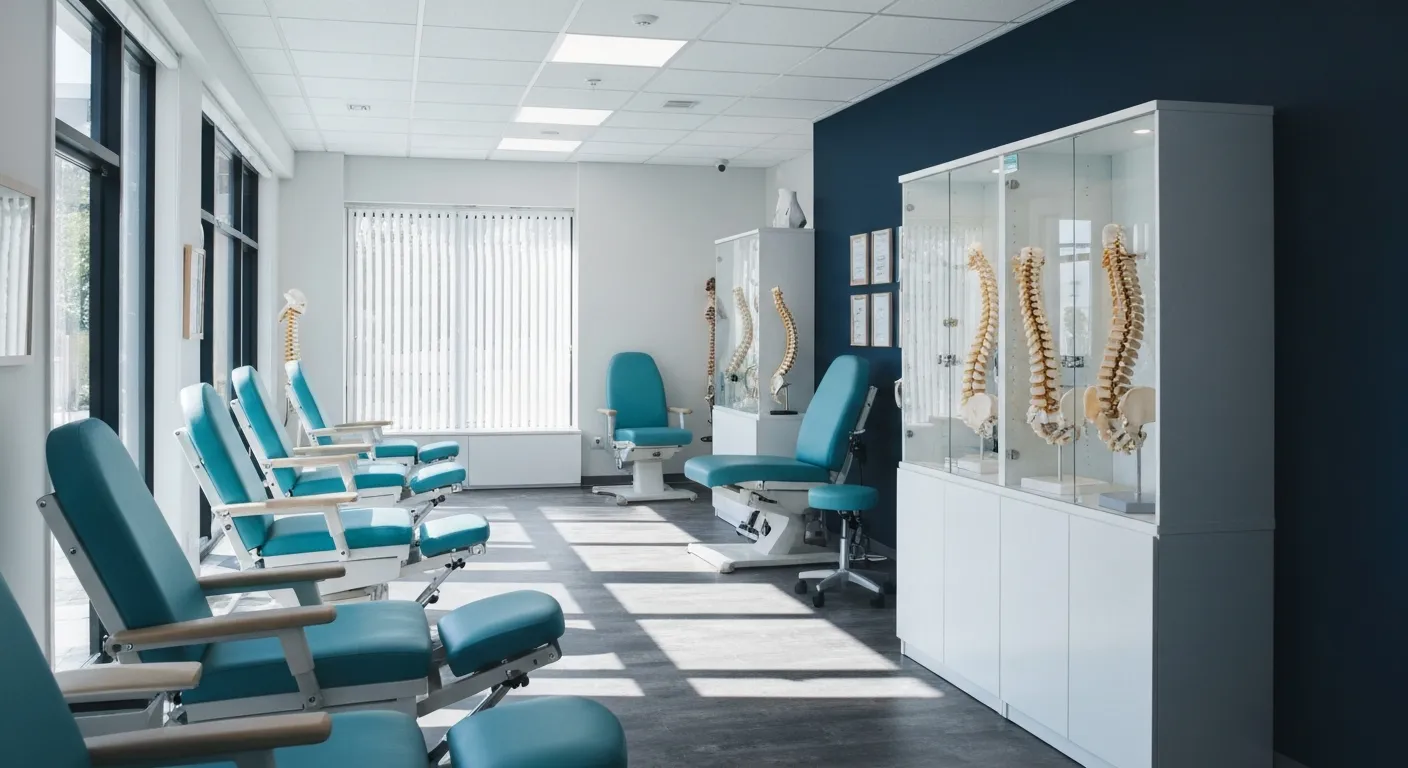
6 Lifestyle Habits That Boost Spine Health Daily

Discover Holistic and Non-Surgical Pain Relief Solutions

Exploring Holistic and Non-Surgical Treatment Options for Pain
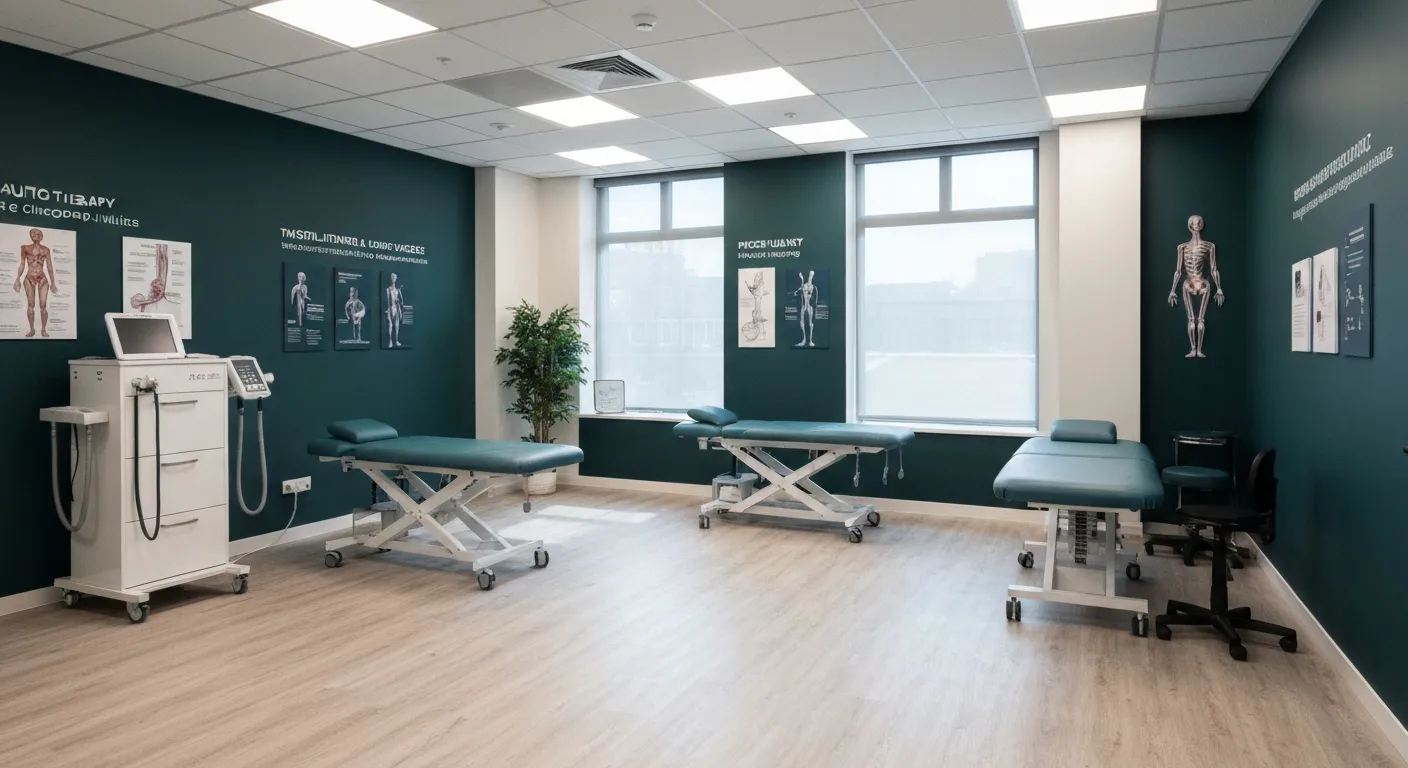
The Role of Physiotherapy in Enhancing Chiropractic Care Outcomes

Complementing Chiropractic Care with Physiotherapy: What You Need to Know
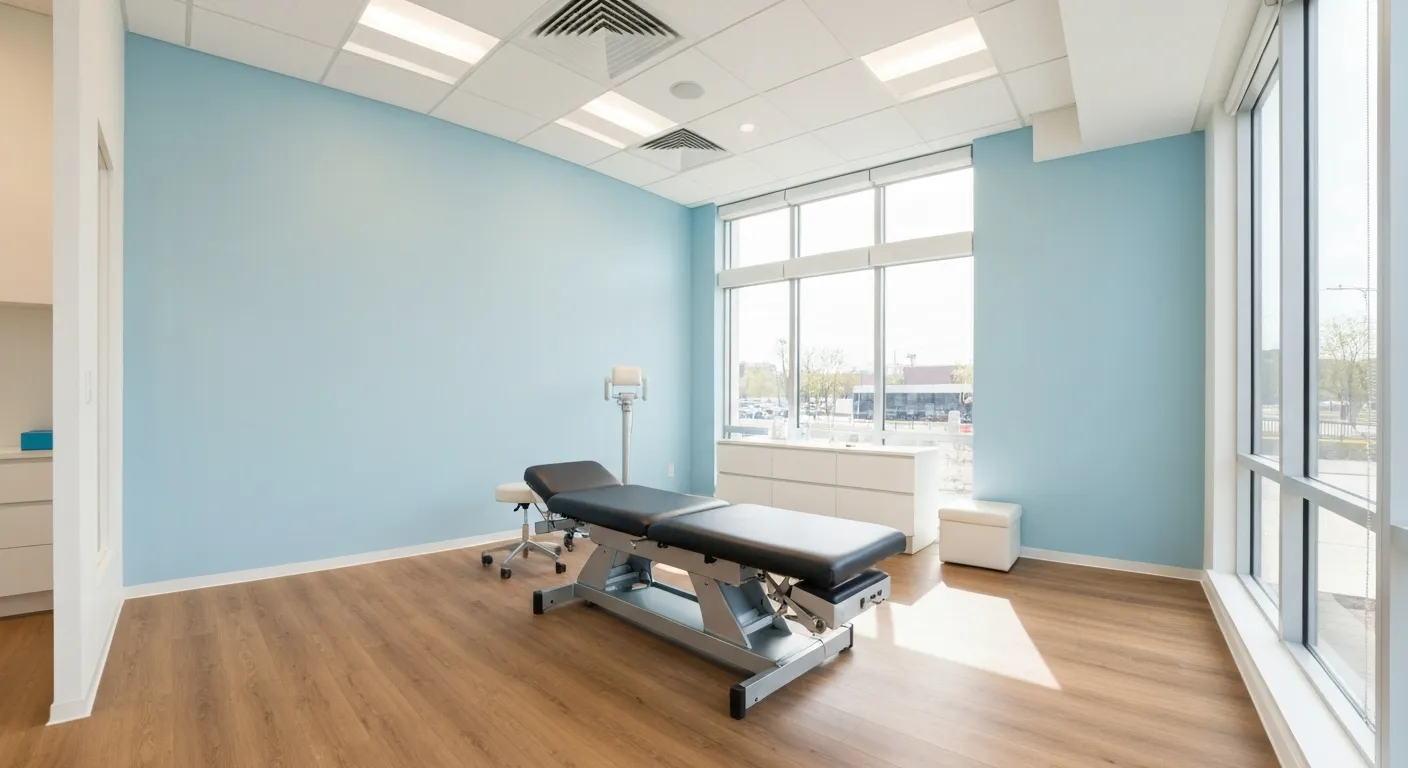
What to Expect During Your First Chiropractic Visit

Simple Lifestyle Adjustments to Maintain a Healthy Spine

Personalized Nutritional Counseling for Improved Health Outcomes

Exploring Non-Surgical Treatments for Spine-Related Conditions

An Introduction to Spinal Decompression for Sciatica Patients

Transformative Success Stories: Patient Experiences with Chiropractic Treatments

Why Chiropractic Care Is Essential for Back Pain Relief

Addressing Underlying Causes Versus Symptom Management in Pain Care

The Role of Nutrition in Enhancing Chiropractic Treatment Effectiveness

Sciatica Treatment Options: Is Spinal Decompression Right for You?

Lifestyle Tips to Maintain a Healthy Spine and Prevent Back Issues

The Synergy Between Physiotherapy and Chiropractic Treatments

What Happens During Your Initial Chiropractic Consultation

Effective Corrective Exercises for Sustainable Pain Management

Taking a Root Cause Approach to Chronic Pain Management

Holistic Pain Management Techniques Without Surgery

How Patient Success Stories Validate Chiropractic Care Benefits

Spinal Decompression: Innovative Treatment for Sciatic Nerve Pain

Spinal Decompression Therapy: A Non-Invasive Approach to Sciatica Relief

Exploring Holistic Approaches Beyond Surgery for Pain Relief

Practical Lifestyle Advice to Support a Healthy Spine Every Day

Corrective Exercise Routines Designed for Long-Term Pain Prevention

Real Patient Stories: Overcoming Chronic Pain with Chiropractic Care

Lifestyle Changes That Promote a Healthy Spine and Prevent Injury

How Addressing the Root Cause of Pain Leads to Lasting Relief

Non-Surgical Holistic Therapies to Manage Chronic Pain Effectively

Nutritional Counseling's Impact on Physical Health and Healing

Benefits of Regular Chiropractic Care for a Stronger Back

Your First Chiropractic Visit: What to Expect and How to Prepare

Patient Experiences: How Chiropractic Care Transformed Their Lives

Exploring Holistic, Non-Surgical Options for Pain Management

Combining Physiotherapy with Chiropractic Treatments for Enhanced Recovery

Holistic Treatments That Offer Alternatives to Surgery for Pain Relief

Corrective Exercise Strategies for Long-Term Spine Health

How Physiotherapy Complements Chiropractic Adjustments for Better Outcomes

First-Time Chiropractic Visitors: What You Should Know

Understanding the Importance of Treating Pain at Its Source

Adopting Lifestyle Changes to Support Your Spine's Wellness

Utilizing Physiotherapy to Enhance Chiropractic Treatment Outcomes

The Key Advantages of Chiropractic Care for Back Pain Sufferers

Why Focusing on Root Causes Improves Pain Treatment Success

Corrective Exercises That Promote Lasting Pain Relief and Mobility

Sciatica Relief Through Targeted Spinal Decompression Techniques

Preparing for Your First Chiropractic Appointment with Confidence

Healthy Lifestyle Habits for Maintaining Spinal Alignment

Success Stories Highlighting Chiropractic's Role in Pain Recovery

Top Benefits of Chiropractic Care for Chronic Back Pain

Nutrition Tips to Boost Your Overall Wellness and Recovery

How Chiropractic Care Alleviates Back Pain Naturally

How Nutritional Counseling Supports Overall Wellness and Spine Health

Step-by-Step Guide to Your First Visit with a Chiropractor

Using Nutrition to Support Chiropractic and Overall Wellness

Integrating Physiotherapy in Your Chiropractic Healing Journey

How Physiotherapy Complements Chiropractic Adjustments for Faster Healing

Lifestyle Tips for Maintaining a Healthy Spine and Preventing Back Pain

Heartwarming Patient Testimonials Highlighting Chiropractic Success

How Proper Nutrition Supports Chiropractic and Physiotherapy Treatments

Combining Physiotherapy and Chiropractic Treatments for Optimal Recovery

Why Chiropractic Treatments Are Effective for Managing Back Pain

Choosing a Chiropractor: Tips for Finding a Trusted Provider

Integrating Physiotherapy and Chiropractic: Benefits and What to Expect

How Tailored Corrective Exercises Can Aid in Pain Management

Chiropractic Care: A Proven Solution for Alleviating Back Pain

What to Expect at Your First Chiropractic Visit: A Comprehensive Guide

The Importance of Root Cause Analysis in Effective Pain Management

The Role of Corrective Exercises in Sustaining Pain-Free Living

Combining Chiropractic and Physiotherapy for Comprehensive Pain Relief

How Addressing Underlying Causes Improves Pain Treatment Effectiveness

Maintaining Spinal Health Through Lifestyle Changes and Preventive Care

Understanding the Benefits of Chiropractic Adjustments for Back Pain Sufferers

Spinal Decompression Therapy: A New Hope for Sciatica Relief

Lifestyle Recommendations to Support a Healthy Spine and Reduce Pain
